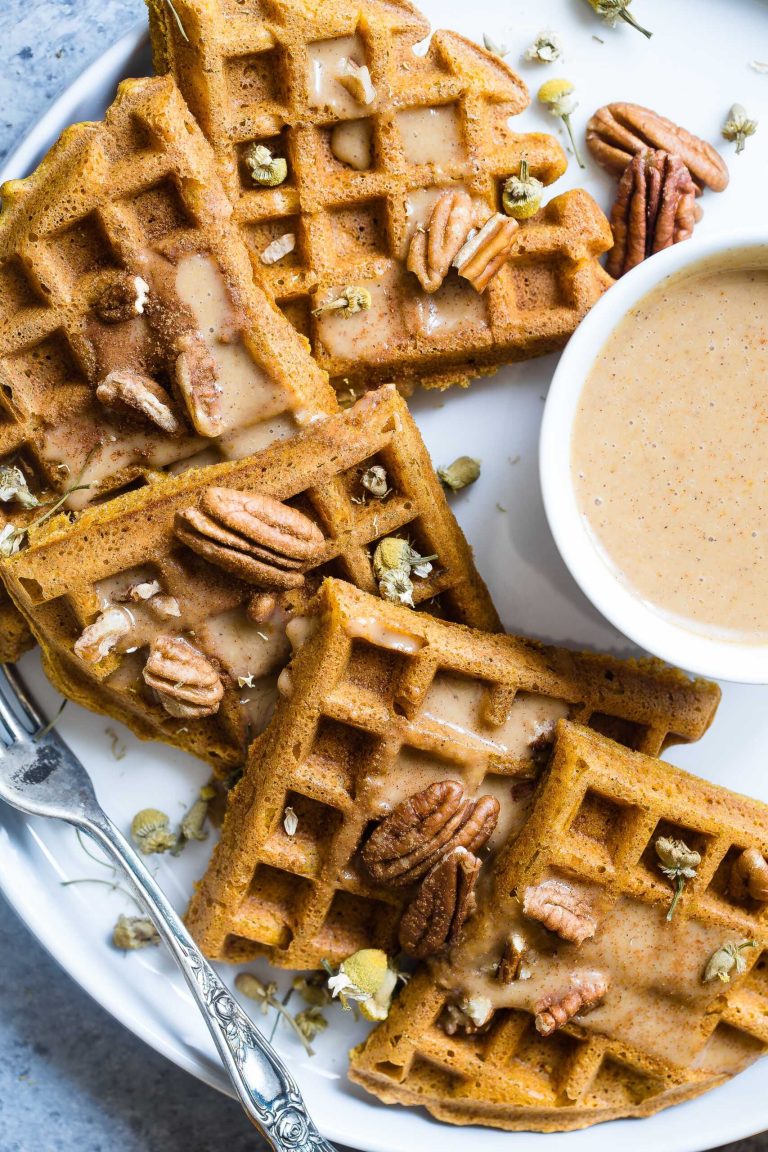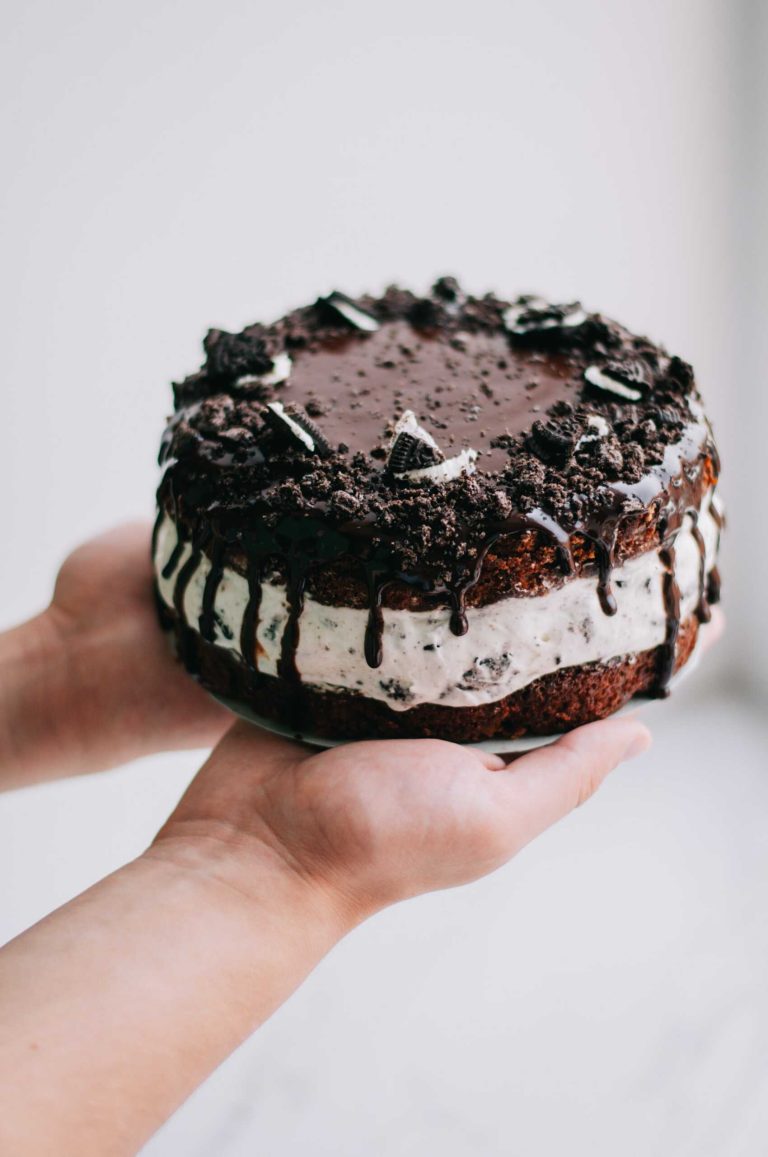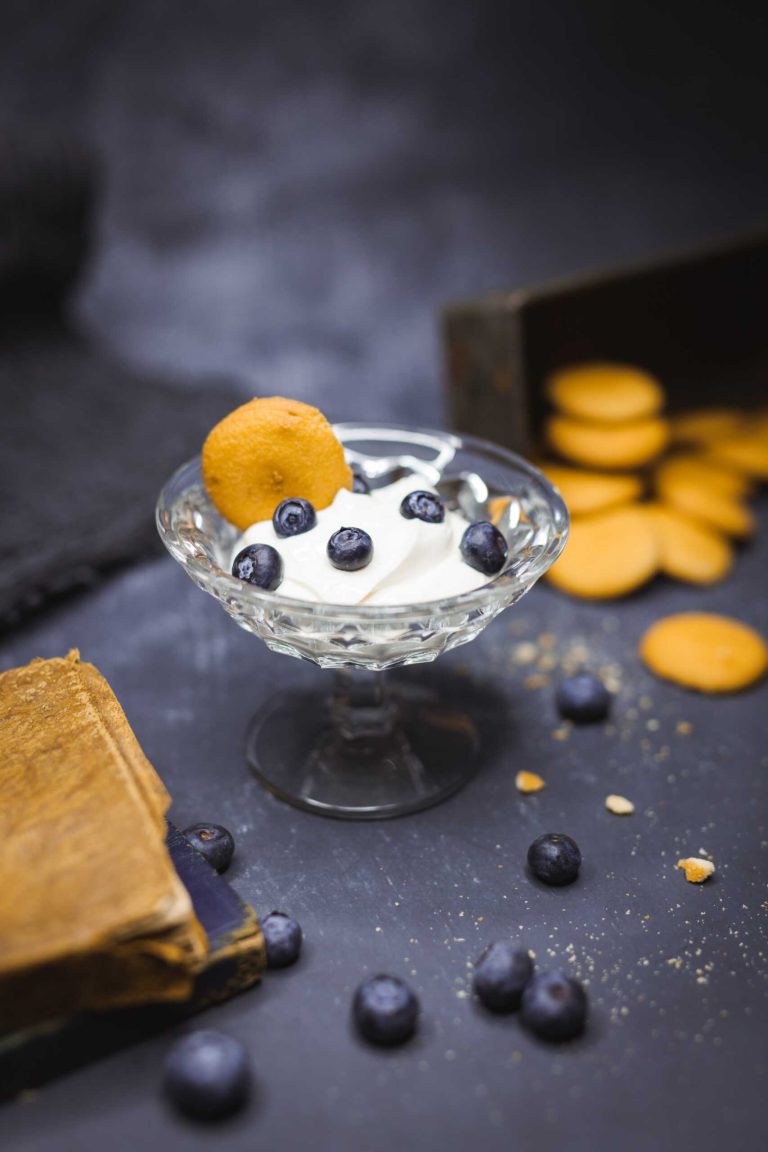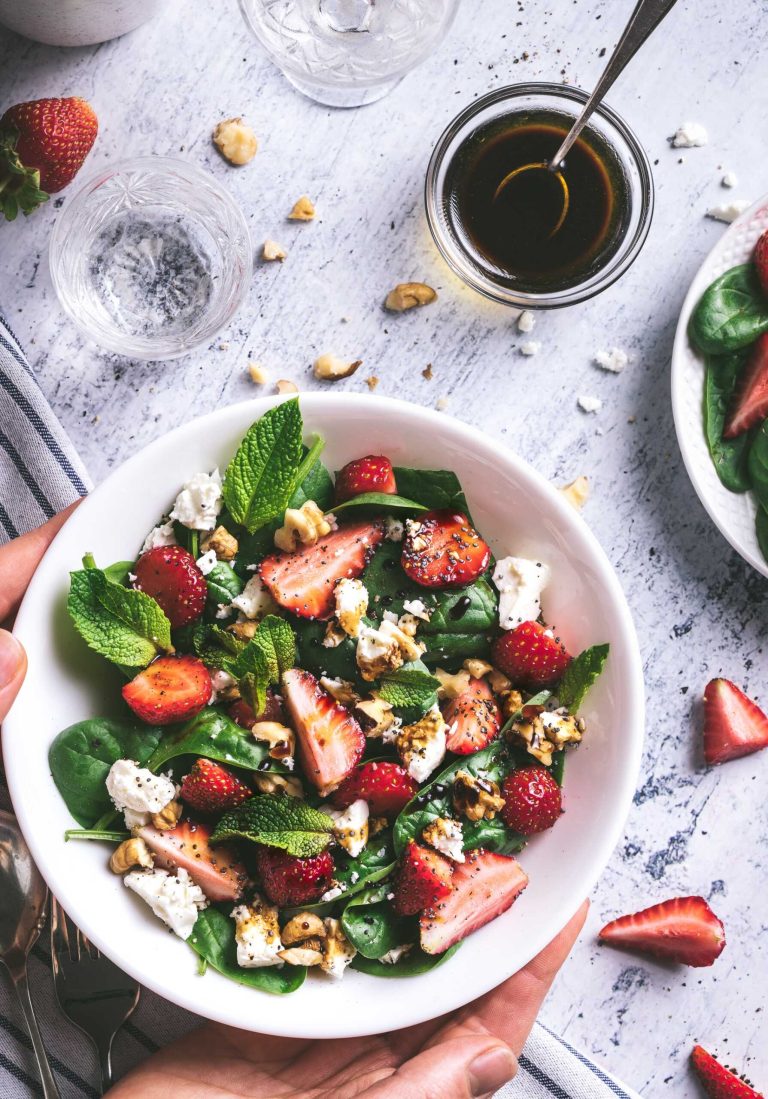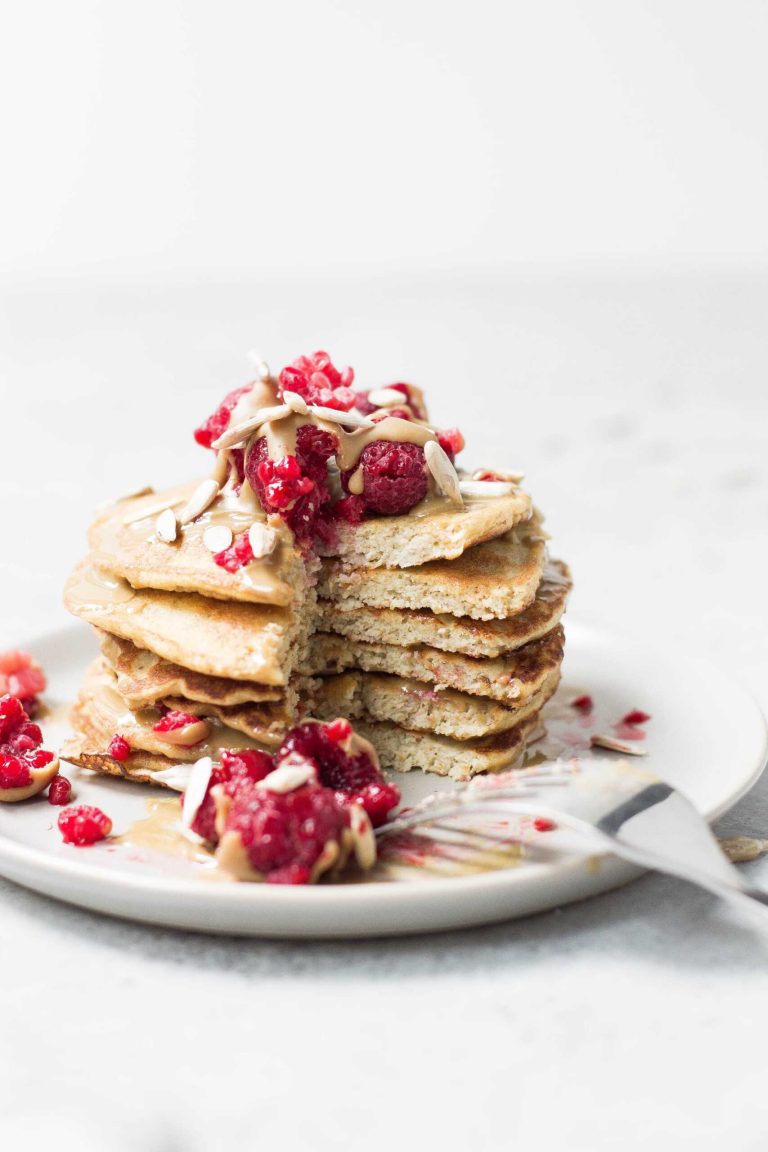Skaltsounia

The Taste of Home: Making Skaltsounia Together
There’s nothing quite like the smell of cookies baking in the oven—especially when it’s a batch of warm, aromatic skaltsounia. For me, making these traditional Greek pastries instantly brings back memories of family holidays in a sunlit kitchen, flour dusting the countertops, and laughter filling the air. Skaltsounia, a beloved sweet cheese pastry, is much more than just a dessert—it’s a comforting hug from home, no matter where you are.
The very first time I made skaltsounia, I remember nervously pinching the dough around the creamy ricotta filling, hoping they’d turn out just like yiayia’s. The scent of cinnamon and orange drifting through the house was my first hint that these homemade skaltsounia would soon become a treasured tradition at our own family table. If you’re craving an easy Greek dessert that’s equal parts nostalgic and delicious, skaltsounia are about to become your new go-to recipe.
Why You’ll Adore This Skaltsounia Recipe
Let’s be honest—who doesn’t love a dessert that feels as heartwarming as it tastes? Here’s why I know you’ll fall head over heels for this flaky, cheesy, and utterly comforting skaltsounia recipe:
- Effortless to make: Even if you’re new to baking, these Greek cheese pastries come together easily (no fancy equipment required!).
- Super versatile: Whether you use ricotta or anthotyro cheese, the result is always creamy and delicious.
- Rich in tradition: Each bite is like a taste of Greece—fragrant orange, silky cheese, and a whisper of cinnamon.
- Perfect for sharing: Skalstounia are irresistible fresh from the oven, but they’re also the perfect gift or treat to bring to friends.
Ingredients You’ll Need for Skaltsounia
Gathering ingredients for your homemade skaltsounia is almost as joyful as eating them (almost!). Here’s what you’ll need, along with a few of my favorite tips:
- 2 cups all-purpose flour: I recommend sifting your flour for the flakiest pastry.
- 1/2 cup olive oil: Go with extra virgin for that fruity, peppery aroma classic to Greek desserts.
- 1/2 cup fresh orange juice: Freshly squeezed gives the dough its signature lift and brightness.
- 1 tsp baking powder: Creates that tender, delicate crumb.
- 1 cup ricotta or anthotyro cheese: If you can find anthotyro, it’s incredible! Ricotta works beautifully too for a silky-smooth filling.
- 1/4 cup sugar: Just enough sweetness to balance the cheese.
- 1/2 tsp cinnamon: Don’t skimp—this is the soul of skaltsounia!
- Powdered sugar (for dusting): A snowy finish that makes every bite magical.
Optional: You can sneak in a little grated lemon zest if you want an extra citrusy twist.
Step-by-Step Guide: Making the Perfect Skaltsounia
Ready to fill your kitchen with the scent of Greek holidays? Let’s get baking—together! Here’s how to make skaltsounia in six easy steps:
- Make the dough: In a big bowl, combine your flour, baking powder, olive oil, and orange juice. Mix with your hands until you form a soft, slightly sticky dough. (Don’t worry if it feels a bit loose—the olive oil will make it come together.) Cover and let it rest for 30 minutes while you get the filling ready.
- Prepare the cheese filling: In another bowl, mix the ricotta (or anthotyro) with the sugar and cinnamon. Seriously, the aroma alone is worth it.
- Roll and cut: Dust your countertop with flour and roll out the rested dough to about 1/8-inch thick. Use a round cutter (or a glass) to cut circles—think three inches across or so.
- Fill ’em up: Add a spoonful of the cheese mixture to the center of each circle. Try not to overfill, or your skaltsounia might burst (I’ve done it and lived to tell the tale!).
- Shape and seal: Fold each circle into a half-moon, then press the edges down with a fork to seal. (This step is surprisingly fun if you’re baking with friends or kids.)
- Bake: Place your pastries on a lined tray and bake at 350°F (175°C) for 20–25 minutes, or until golden and just crisp. Let them cool before dusting liberally with powdered sugar.
And that’s it—homemade skaltsounia, ready to be devoured!
My Secret Tips and Tricks for Skaltsounia Success
I’ll be honest: it took me a few tries to really master these Greek cheese pastries. Here’s what I wish I’d known sooner:
- Mind your dough: If the dough feels too dry, add a drizzle more orange juice. If it’s too sticky, sprinkle in a bit more flour.
- Chill for easy shaping: Pop the dough in the fridge for 10 minutes if it’s too soft to handle.
- Seal the edges well: Press firmly with a fork, or even twist the edges if you’re feeling fancy—this helps keep all that luscious filling inside.
- Let them cool before dusting: The powdered sugar sticks best once your skaltsounia are fully cooled.
- Bake on parchment: It makes cleanup so much easier and prevents sticking.
A little patience, a dash of love, and you’ll have golden, bakery-worthy skaltsounia every time!
Creative Variations and Ingredient Swaps
One of my favorite things about skaltsounia is how easy they are to customize. Here are a few ideas to make this Greek dessert truly your own:
- Change the cheese: Try mascarpone for extra creaminess or a crumbly feta for a bold, tangy twist.
- Make them vegan: Swap in plant-based cheese and use a neutral oil in place of olive oil.
- Add dried fruit: A few currants or chopped dried figs tossed into the filling make for a delicious surprise.
- Nutty finish: Sprinkle crushed pistachios or walnuts into the filling or over the top for texture and flavor.
- Go gluten-free: Use your favorite cup-for-cup gluten-free flour—just add a pinch of xanthan gum to help bind the dough.
Honestly, skaltsounia are meant to be played with—there’s no wrong way to enjoy a homemade Greek pastry!
How to Serve and Store Your Skaltsounia
These sweet cheese pastries are best enjoyed the day they’re baked (still slightly warm, with the powdered sugar just melting onto your fingers—divine!). Here’s how I like to serve and store them:
- Serve fresh: Pair skaltsounia with a hot cup of Greek coffee or tea for an authentic treat.
- For parties: Arrange them on a platter and let guests dust their own with powdered sugar—so much fun!
- Storing leftovers: Skaltsounia keep beautifully in an airtight container at room temperature for up to three days. If the pastry gets soft, just pop them back in a warm oven for a few minutes to crisp up.
- Freezing: Freeze unbaked pastries and bake them off when you’re ready for a fresh batch (Greek dessert on-demand!).
FAQs: Your Top Questions About Skaltsounia Answered
Can I make skaltsounia dough ahead of time?
Absolutely! You can prep the dough up to a day in advance and keep it in the fridge, tightly wrapped. Let it come to room temperature before rolling.
Do I have to use ricotta or anthotyro for the filling?
While traditional skaltsounia feature these cheeses, you can swap in mascarpone or even a mild farmer’s cheese. It’s all about a creamy, slightly tangy filling.
How do I know when my skaltsounia are fully baked?
Look for golden edges and a light, toasty top. Depending on your oven, this usually takes 20–25 minutes.
Can I make these pastries gluten-free?
Definitely! Use your favorite gluten-free flour mix and be sure to check your baking powder, too.
What’s the best way to store leftover skaltsounia?
Keep them in an airtight container at room temp for up to three days, or freeze for longer storage. To serve, I love warming them slightly to bring back that just-baked taste.
There’s something truly special about sharing a batch of homemade skaltsounia, whether it’s a quiet Sunday afternoon treat or a festive dessert with loved ones. Trust me: after one bite, you’ll wonder why you’ve waited so long to make these Greek cheese pastries part of your own family traditions. If you try them, I’d love to hear your stories—drop a comment below and let’s celebrate the joy of baking, one delicious pastry at a time!
